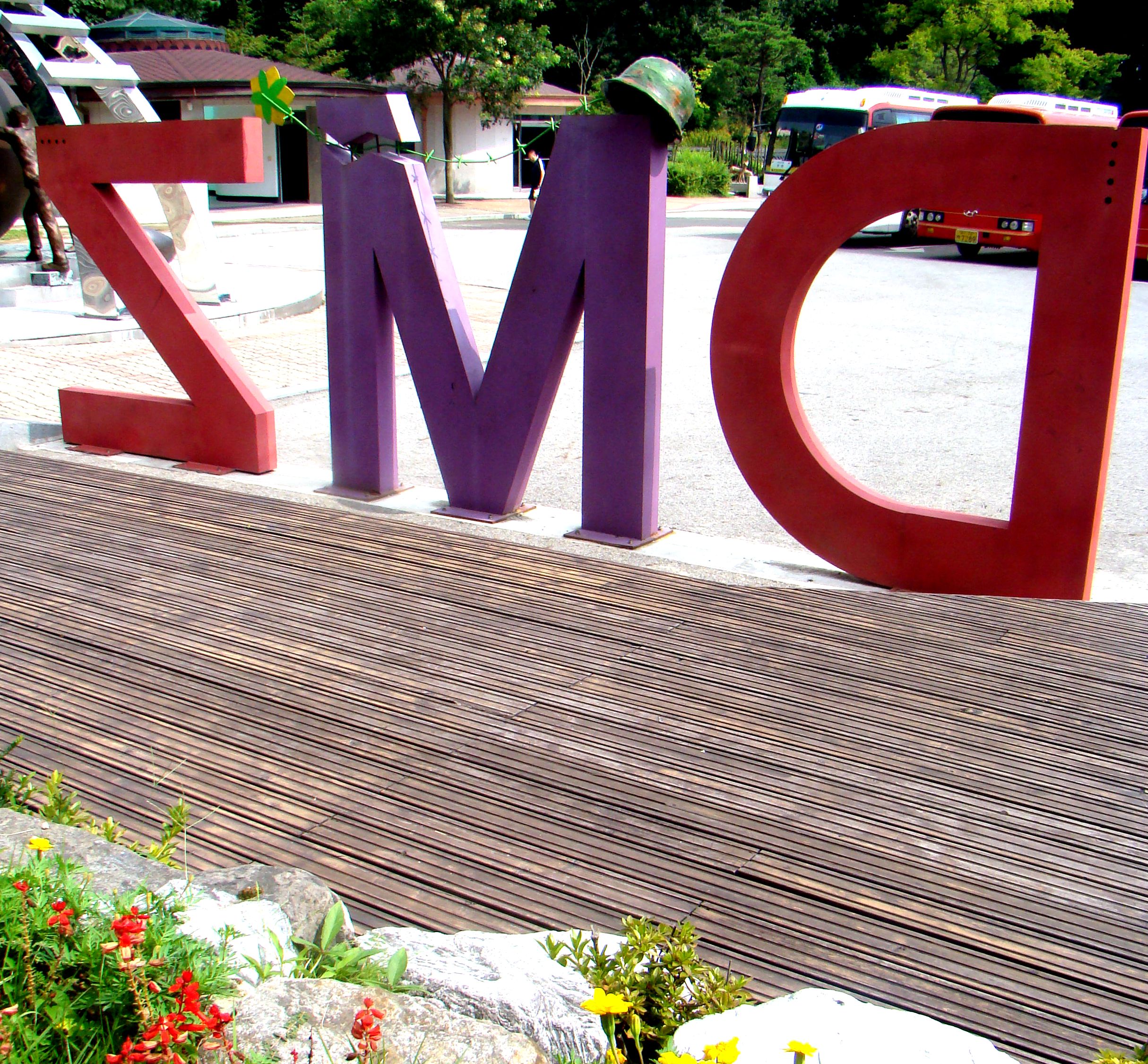
Running along a 4 km wide swath for 250 km along the 38th parallel, the Demilitarized Zone (DMZ) is
a buffer between North and South Korea that is the most heavily militarized border in the world. Bill
Clinton called it ``the most dangerous place on earth''. Indeed, a
visit to the DMZ is an intense experience, taking us past barbwire fences next to live landmines,
requiring passport inspections and meticulous safety instructions.
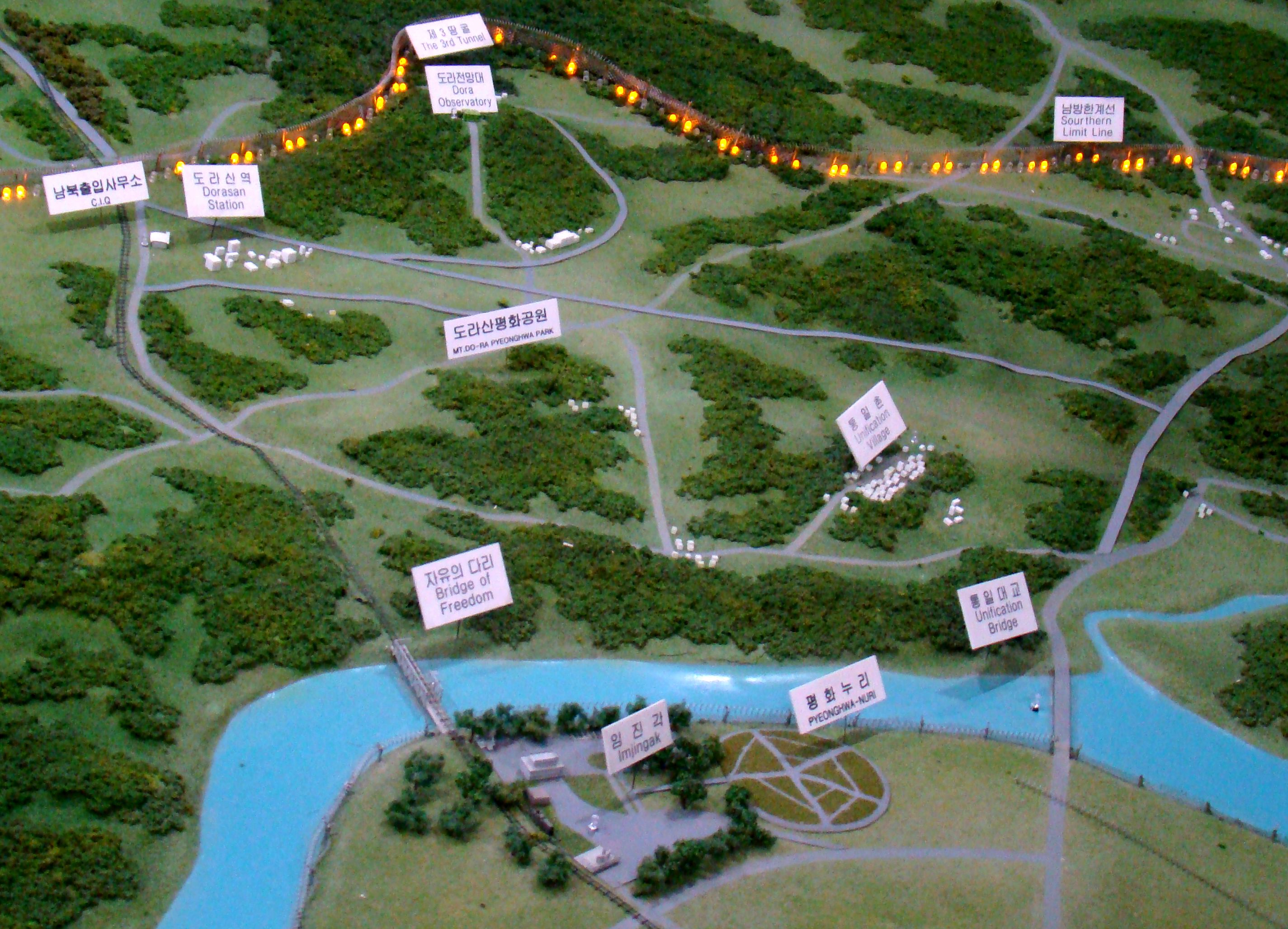 |
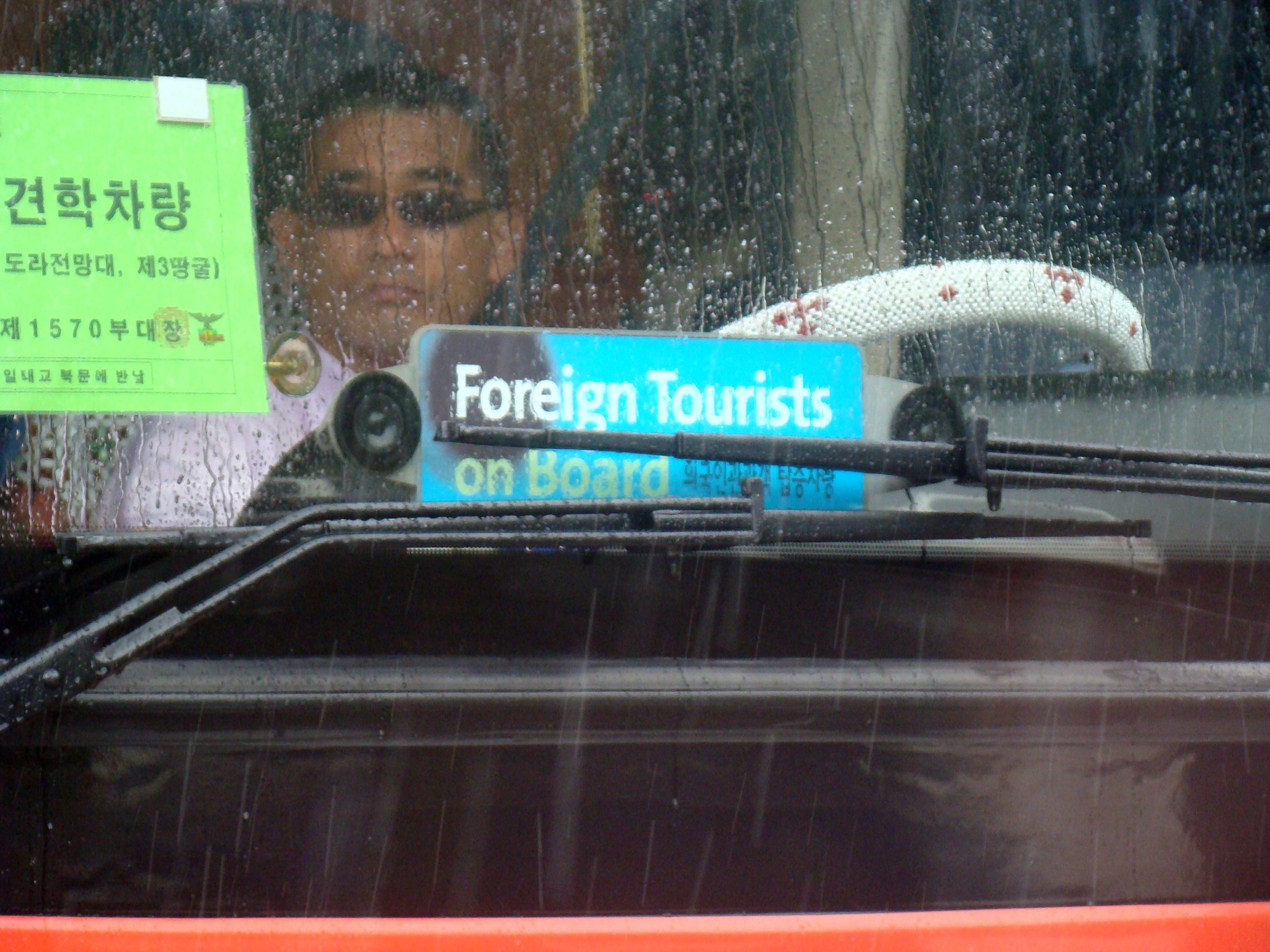 |
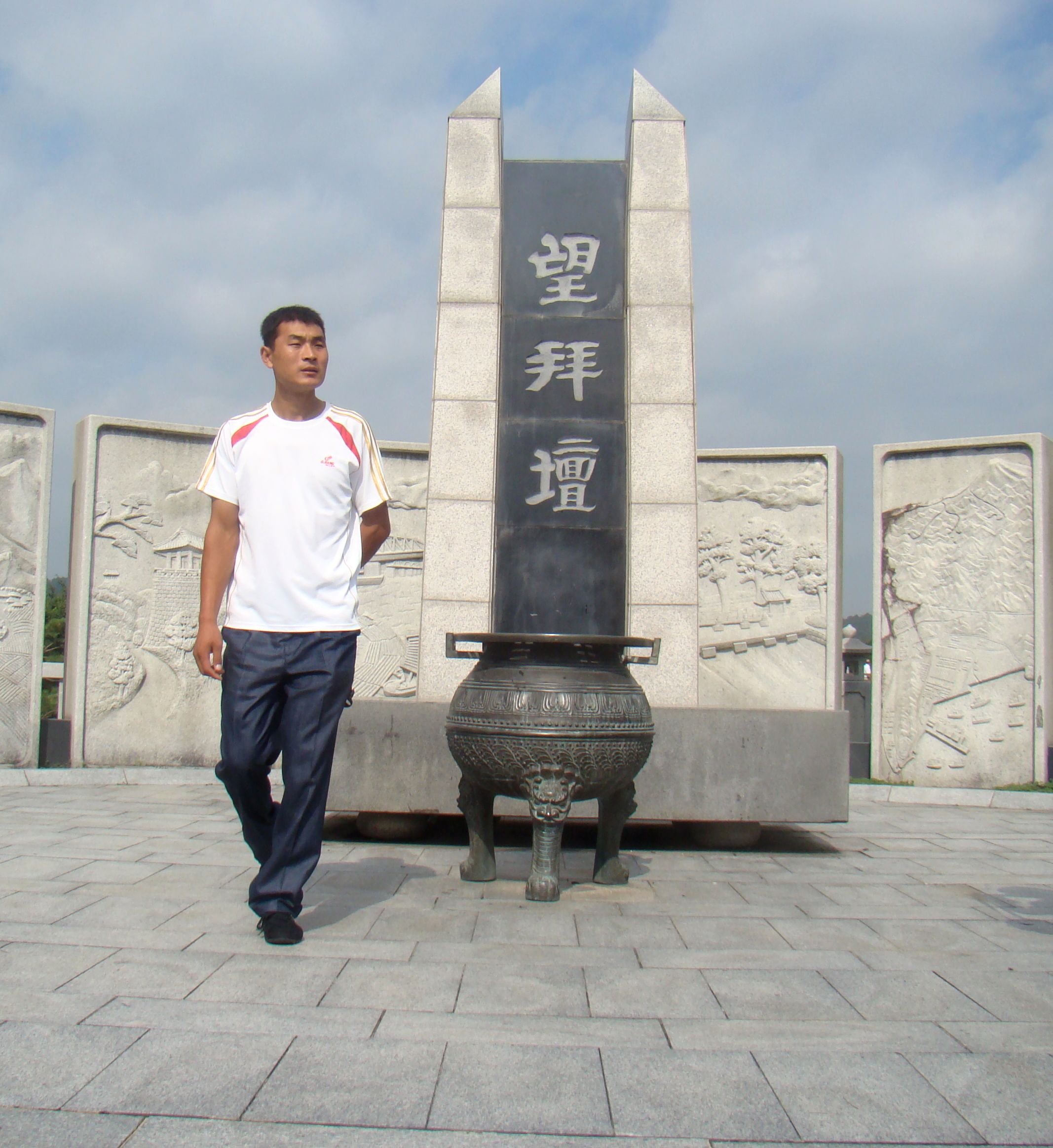 |
| A model for the DMZ area |
Cautionary signs abound |
Imjingak in the city of Paju, South Korea, is a park near the DMZ that provides
a meeting place for families separated by the Korean War.
|
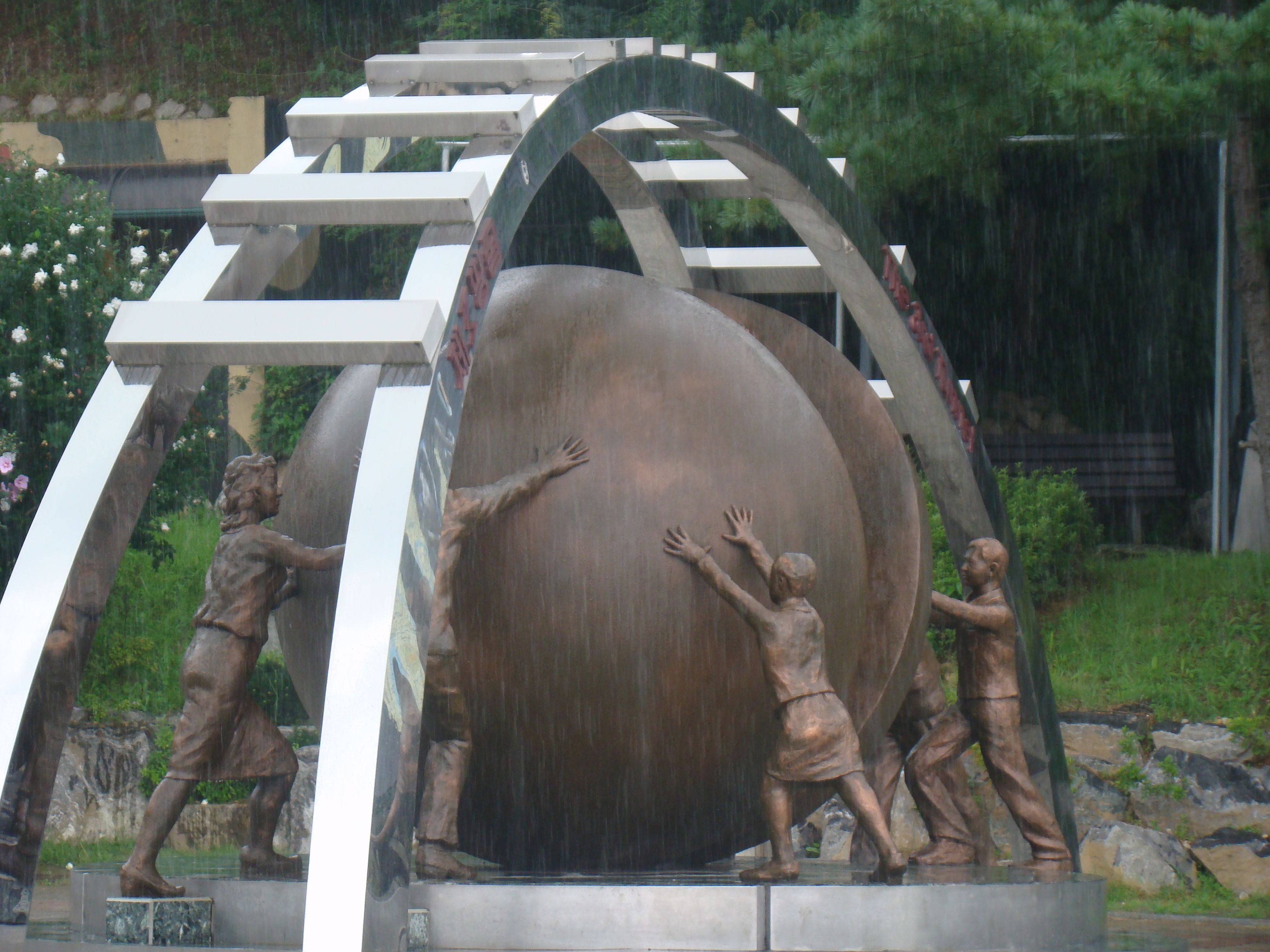 |
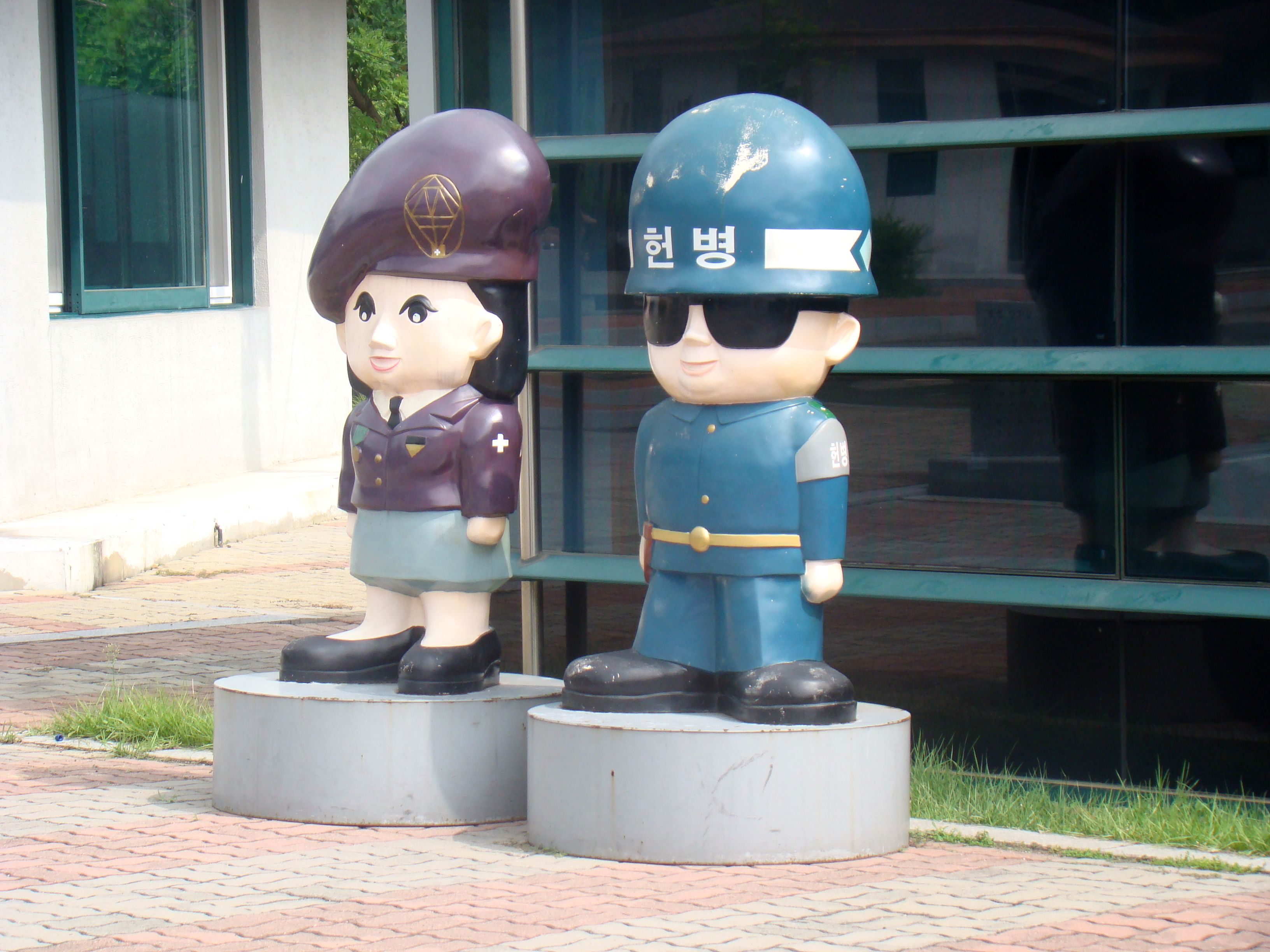 |
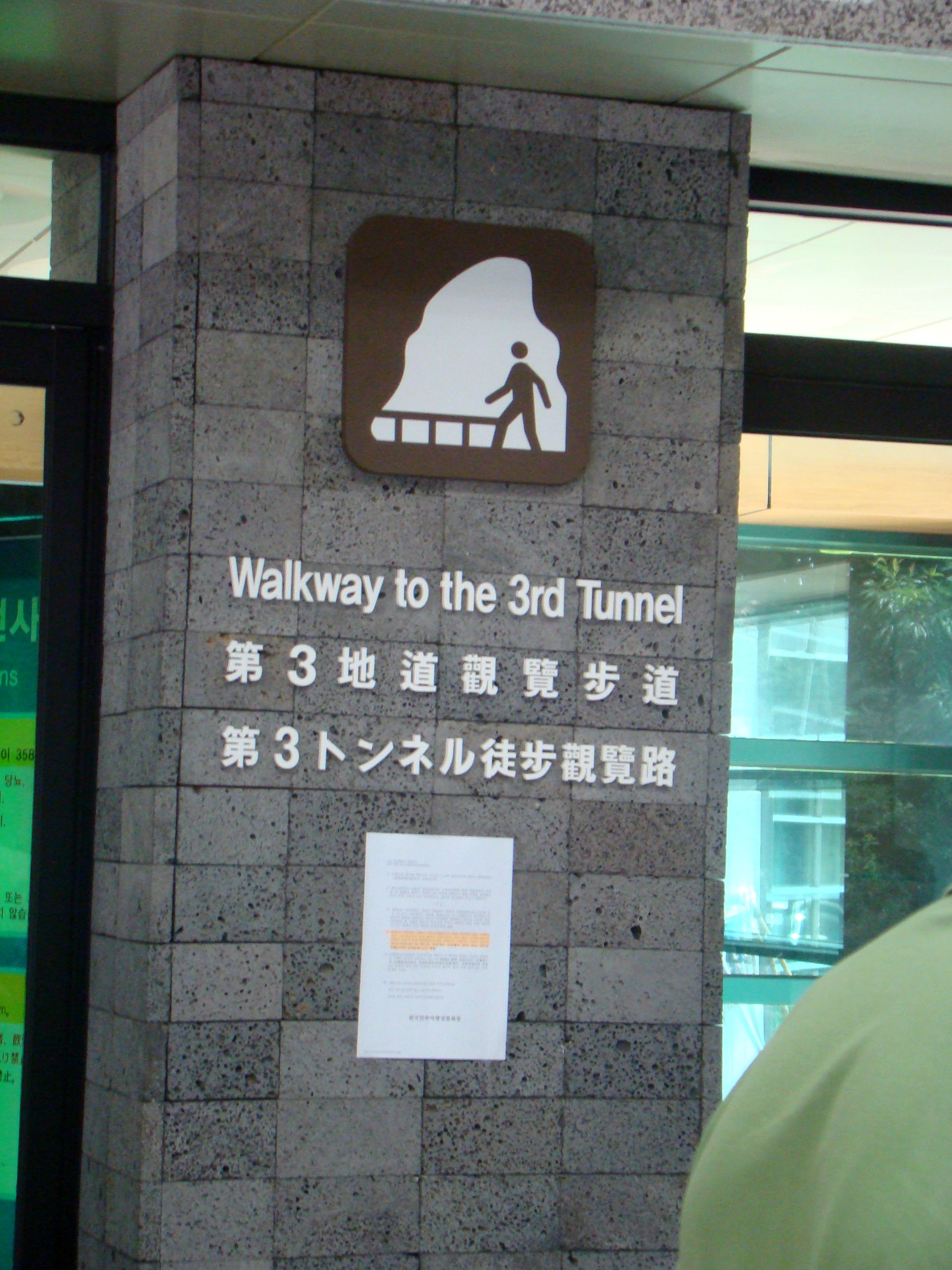 |
|
Statues of you know who! |
The 3rd tunnel of aggression is one of 4 discovered (and over 17 alleged) infiltration
tunnels across the DMZ from North Korea to South Korea. This tunnel is 75m below ground. |
 |
 |
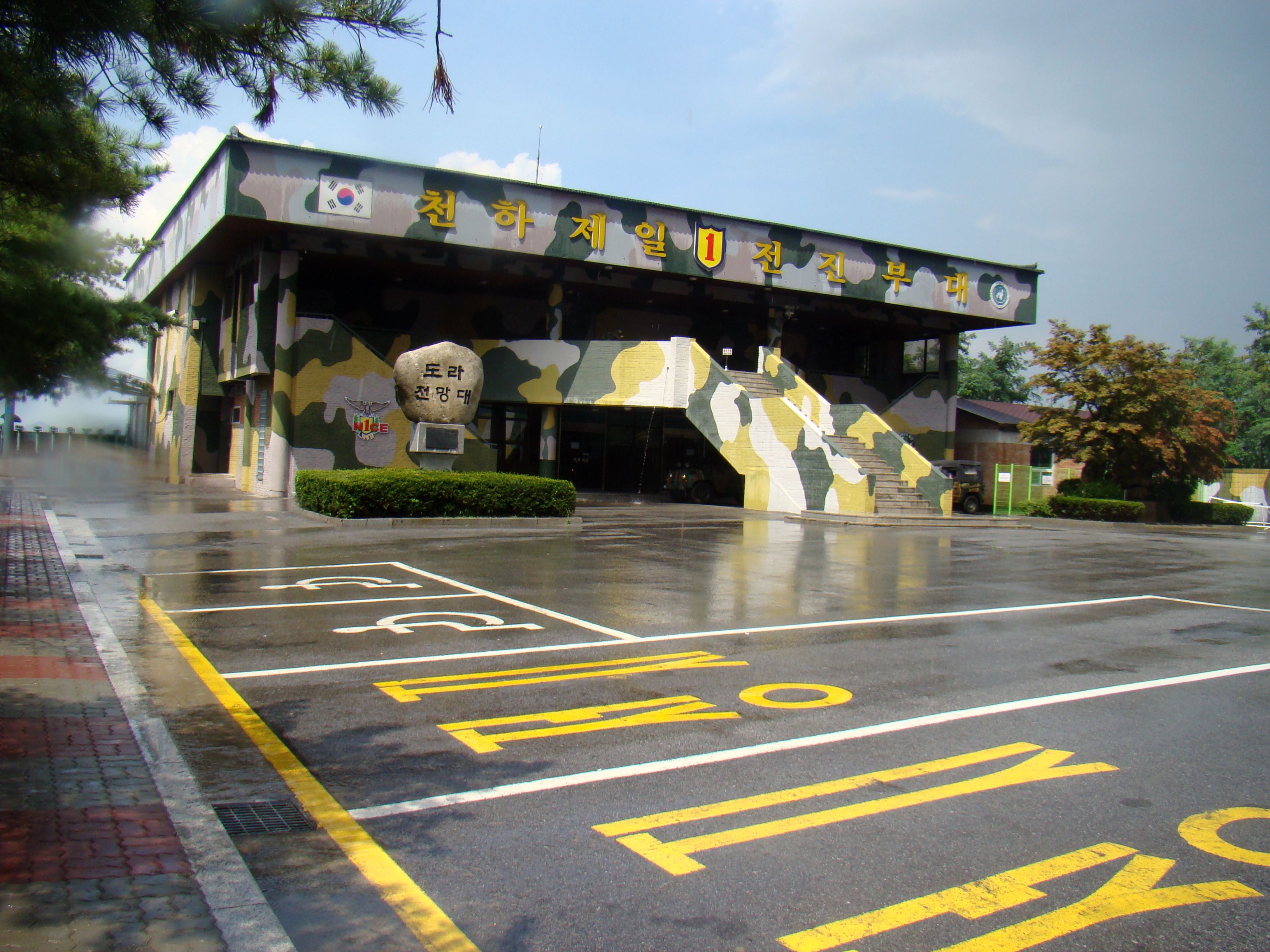 |
| (Wikipedia) Heading deep into the tunnel requires protective helmets. |
(Online pic) When confronted with the discovery, the North initially denied it. Once it was established from the groove marks that the tunnel came from the North, they claimed it was an abandoned coal mine, and to support this theory, they spray painted the walls black! The inside is dank and claustrophobic, strenuous to get out of, and with pipes that kept bumping into our helmets as we crouched in. |
The heavily guarded Dora Observatory allows visitors to get a rare glimpse across the DMZ into North Korean territory. |
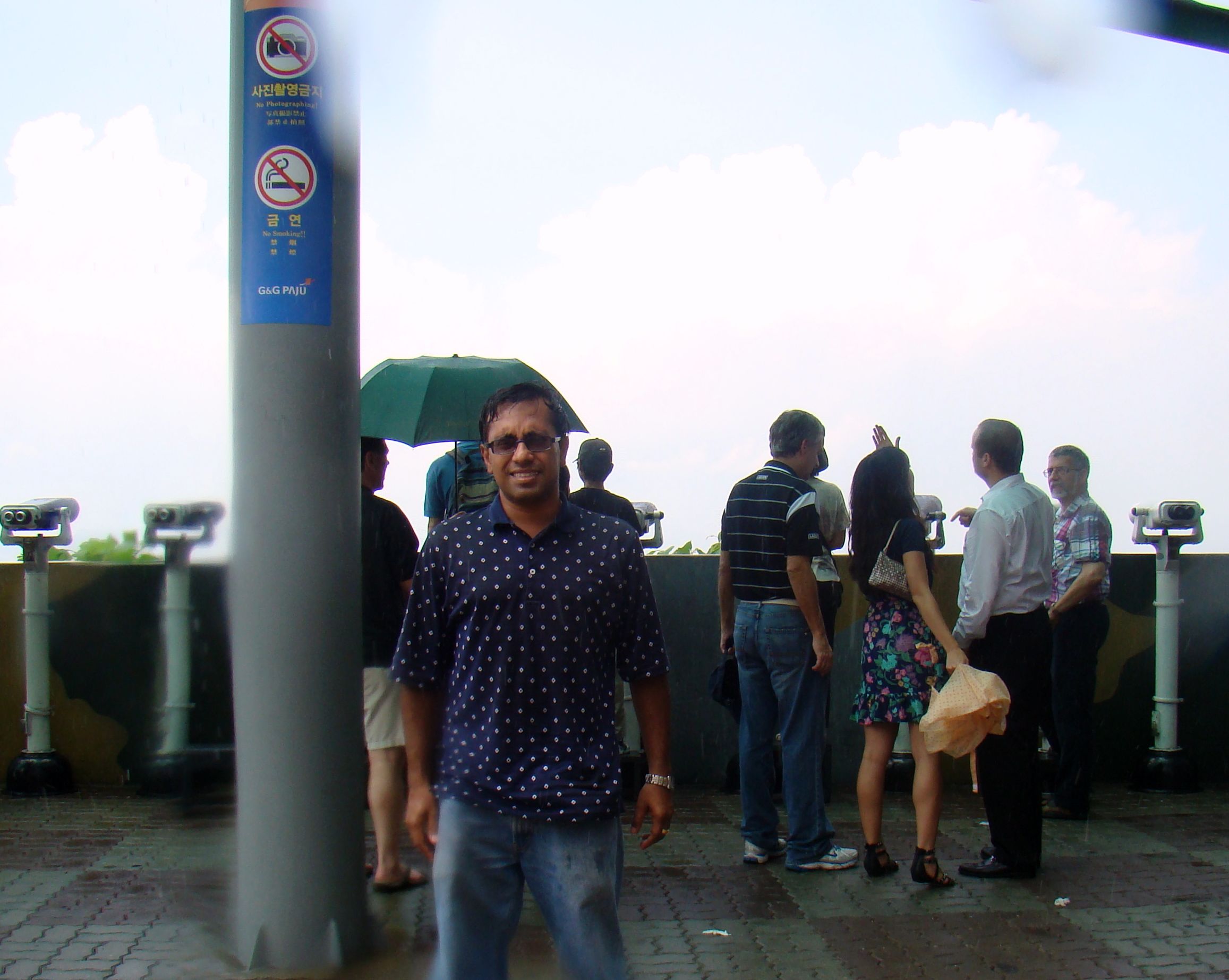 |
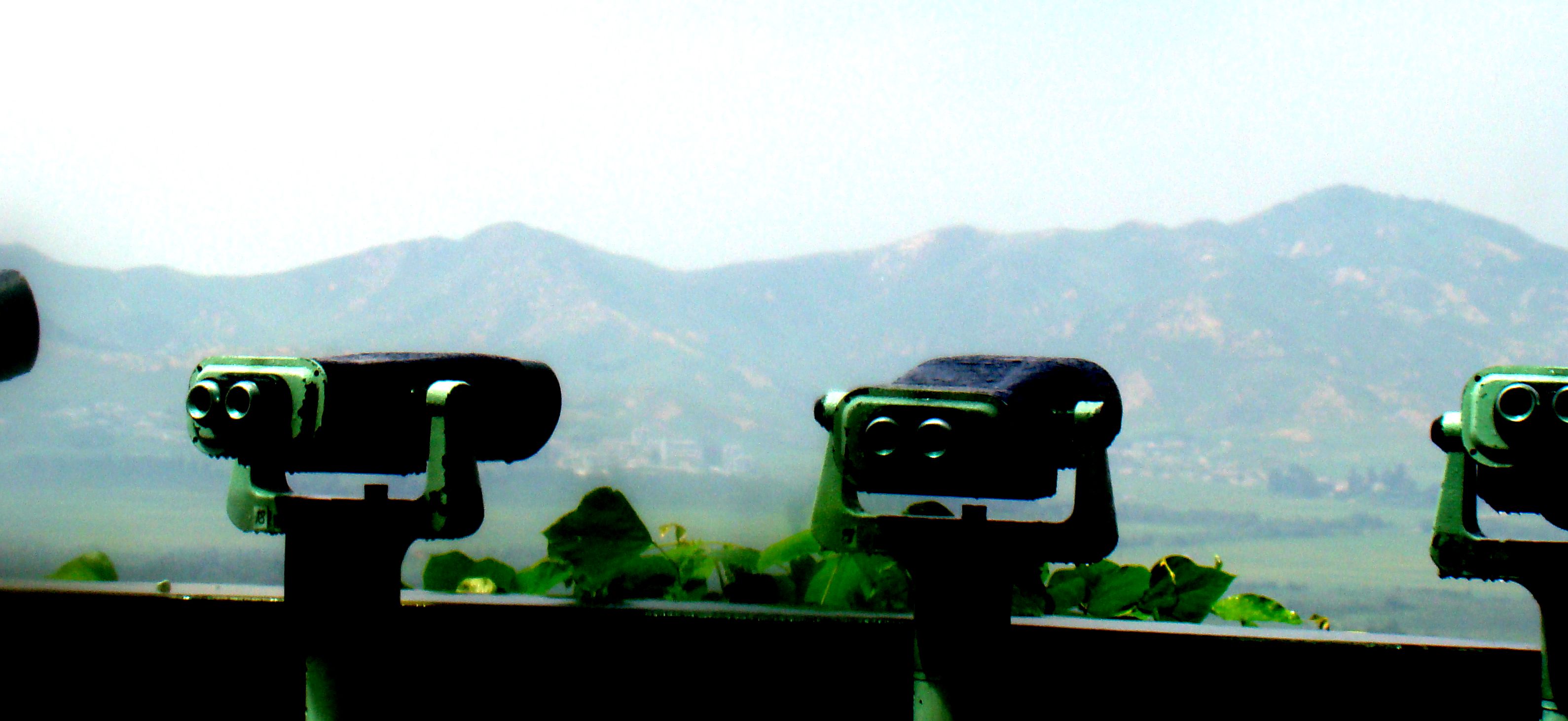 |
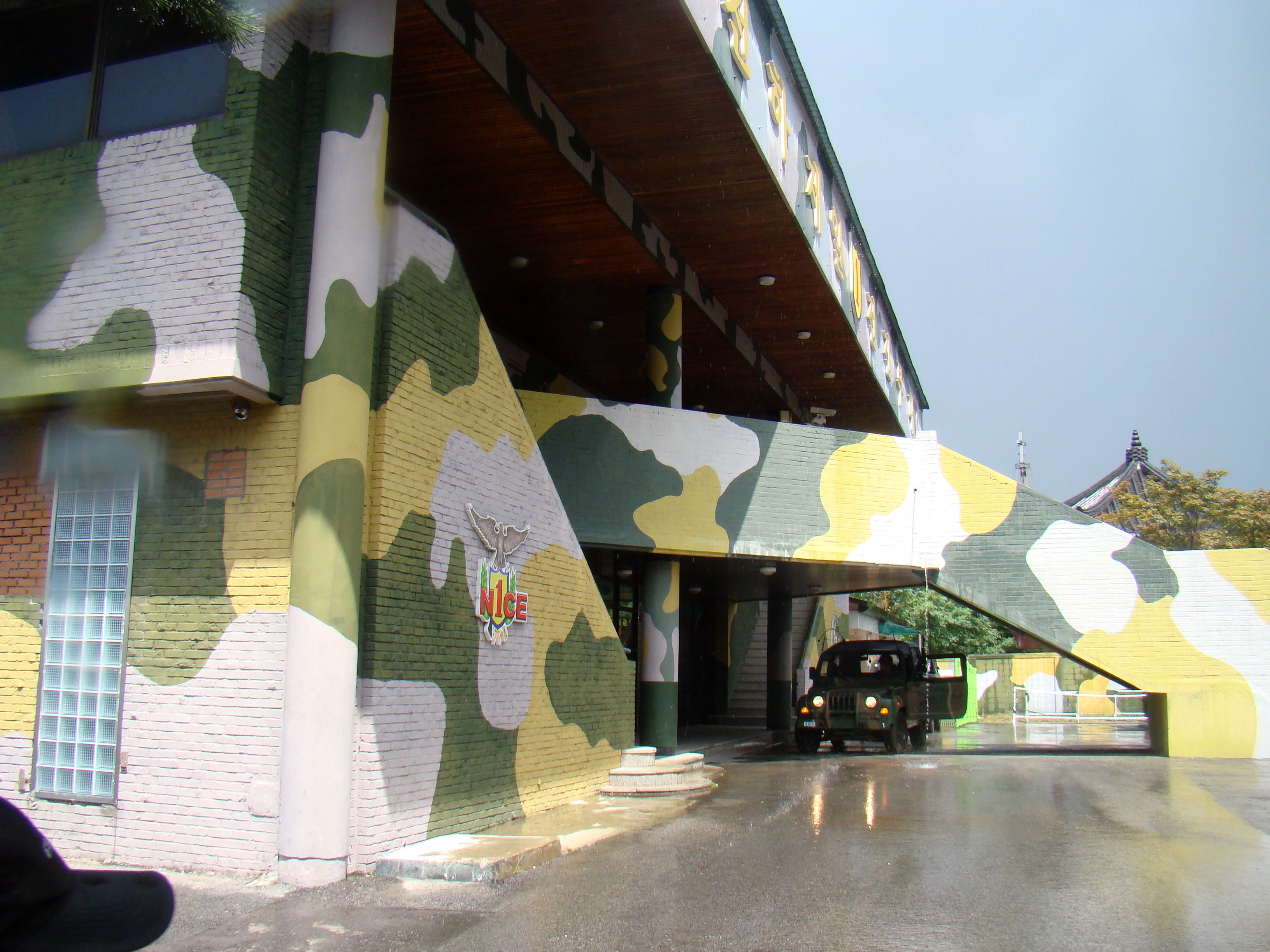 |
|
That's North Korea right there folks. Not much to see, but I saw it! |
|
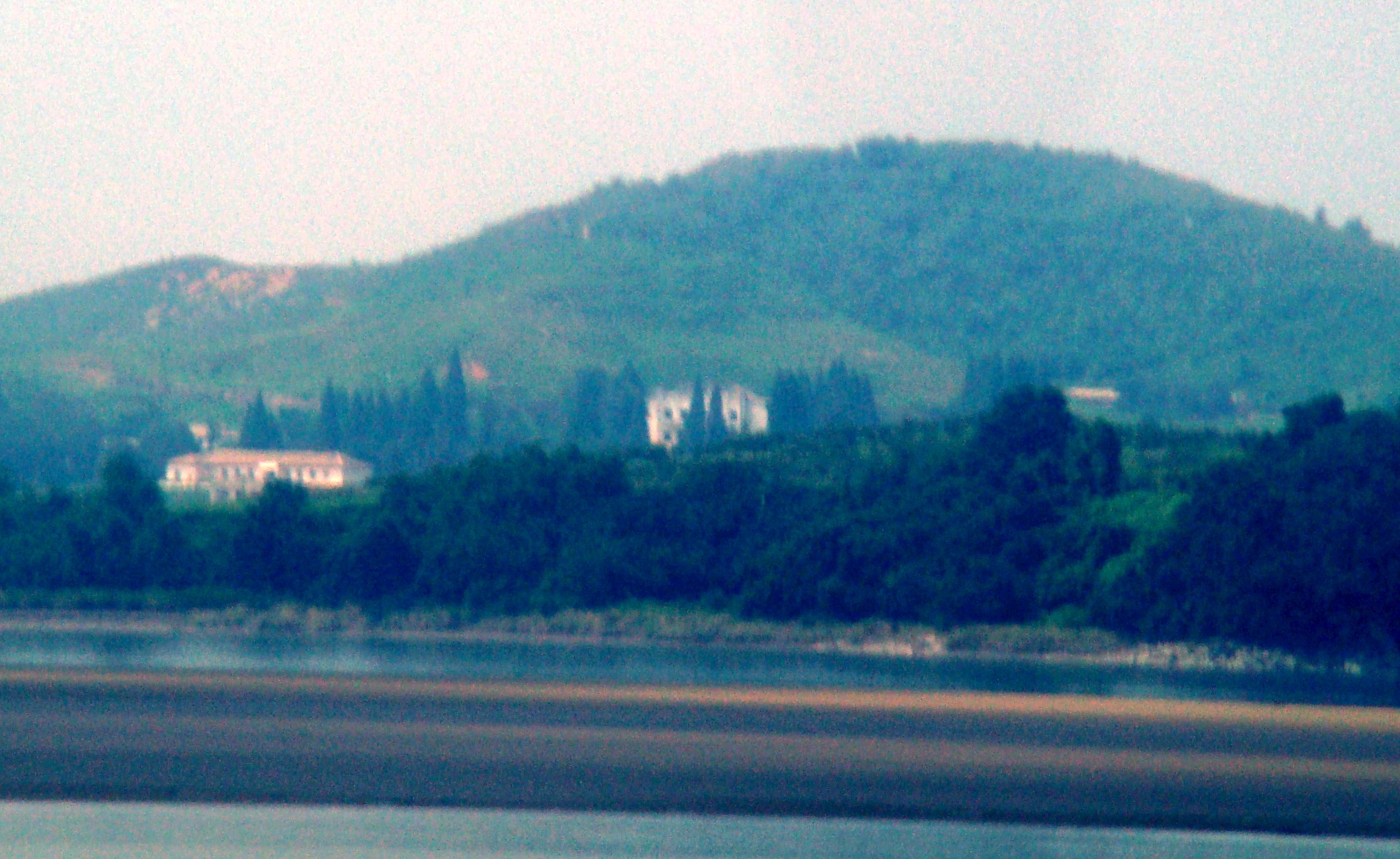 |
The North Korean propaganda village of Kijongdong, which until recently blared loudspeaker
slogans extolling North Korea. The buildings represented an unheard level of luxury at the time of its building.
Closer scrutiny however shows that the buildings were simply empty shells sans window panes. Propaganda on both
sides runs high even these days.
| Click 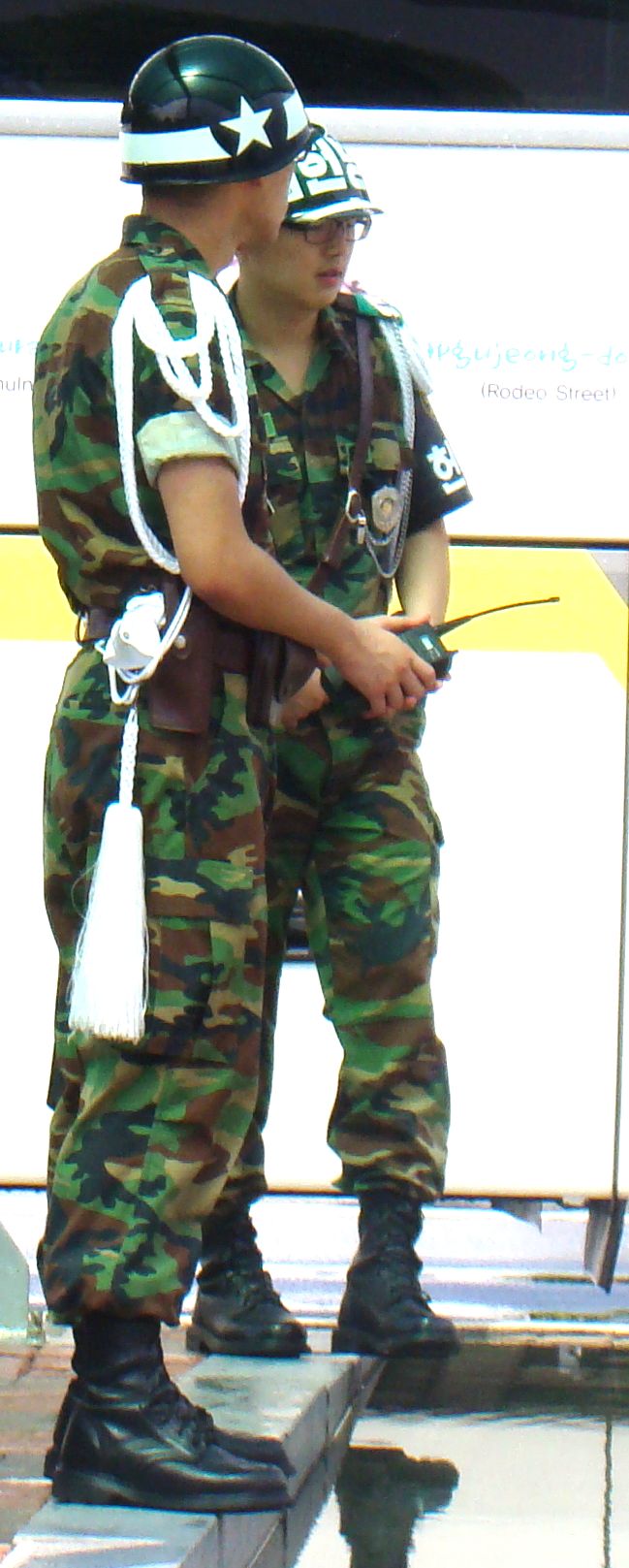
| to continue to Dorasan station

